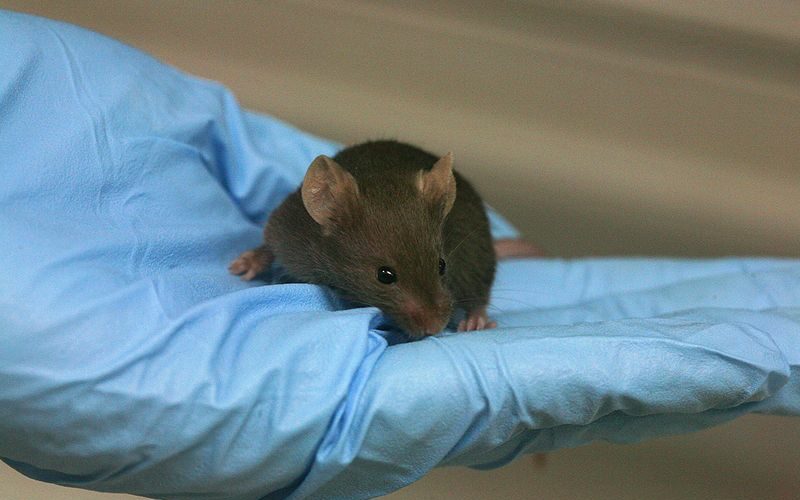Of Mice and Research

As always, over the last few weeks there has been a plethora of research and new scientific discoveries published in the literature. Perhaps one of the most surprising studies is one published in Neuroscience and Biobehavioral Reviews, which suggests that females are discriminated against in biomedical research. No, not human females, but our rodent friends which share roughly 97% of our genome – the ubiquitous mus musculus, more commonly known as the house mouse. It appears that, at least in some fields, female animal models tend to be left out of studies, in favour of males. In pharmacology and neuroscience, the ratio of studies involving males only to those employing females only is about 5:1 1. The rationale behind this is based on the assumption that females vary a lot hormonally throughout the estrous cycle, making males more suitable for research. Following this assumption, females would have to be studied more thoroughly throughout the cycle in order to render reliable data.
However, new data suggests that this bias is not only unjustified, but it might actually affect results 2. The differences between the two sexes (in mice, humans or elsewhere) are not only anatomical and physiological, but also biochemical. This might prove very important when testing the effect of a drug, for example. Moreover, in fields such as neuroscience, research can be easily conducted without having to monitor the estrous cycle. Females also add more variability with regard to the traits observed (such as different hormonal levels throughout the estrous cycle), which generally accounts for more comprehensive results. Although most effects observed in male mice can normally be generalised to females, there are instances in which female-specific hormones or processes might be a complete game-changer.
Nevertheless, there are numerous reasons as to why researchers prefer male-only studies to studies including female mice, such as funding issues. Studies in which males are chosen preferentially are cheaper and easier to monitor as they have fewer variables. Some scientists argue that publications which describe male-only studies should indicate the exclusion of females in their titles and that funding bodies should favour those who include both sexes [lref id=1]. Although it might be more costly and complicated to include equal shares of females and males in studies, it is well worth avoiding results which may translate differently from one group to another, especially since this can complicate later clinical trials in humans.
Edited by Debbie Nicol











Nice piece.
We actually use ONLY females in our studies. Males are (very slightly) more aggressive to handle and (much) more odorous. But this is not the only reason we and I think most would use only one sex in animal work. Mostly we need as controlled a background to our results as possible. And the physiology and anatomy being slightly different makes results, especially at the molecular levels (e.g.biochemical, metabolomic, proteomic and even genomic) more reliable.
What we need to be aware of, however, is how our results reflect on and translate into our research goals outside of the lab environment.
In other words, not ignoring the ocean that shaped the pebble.